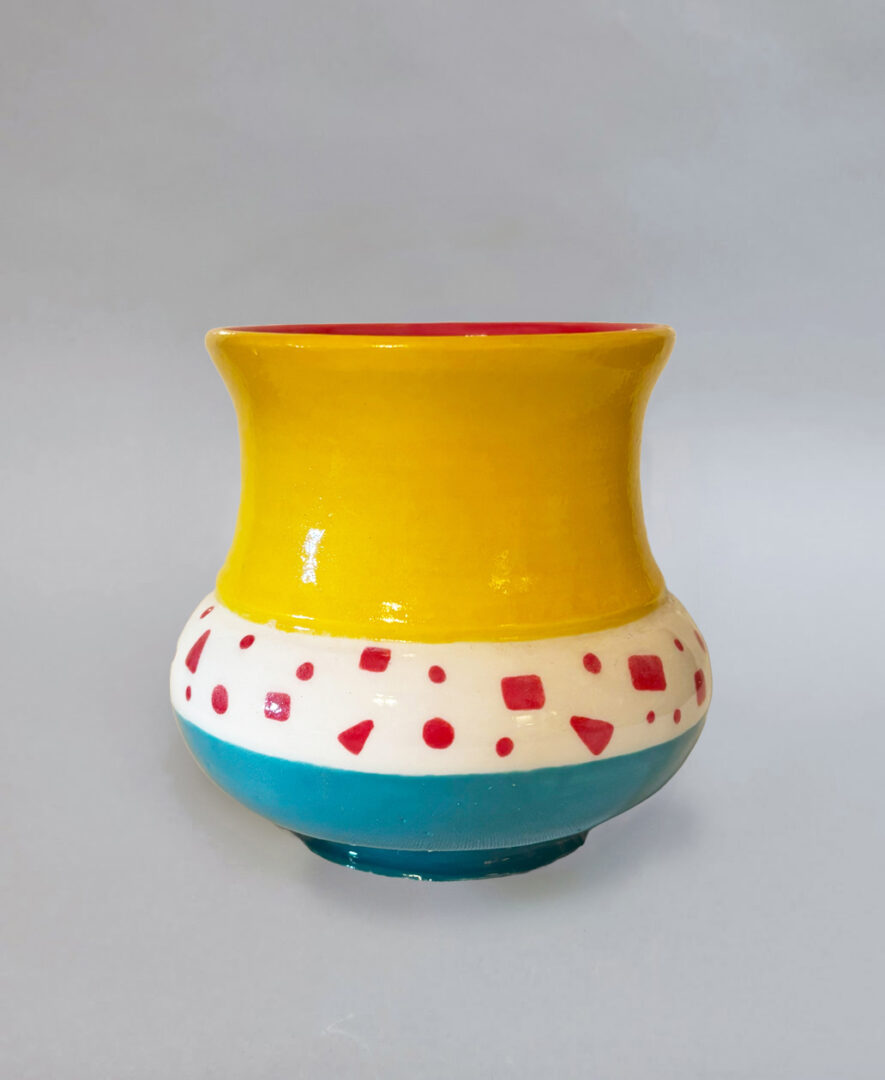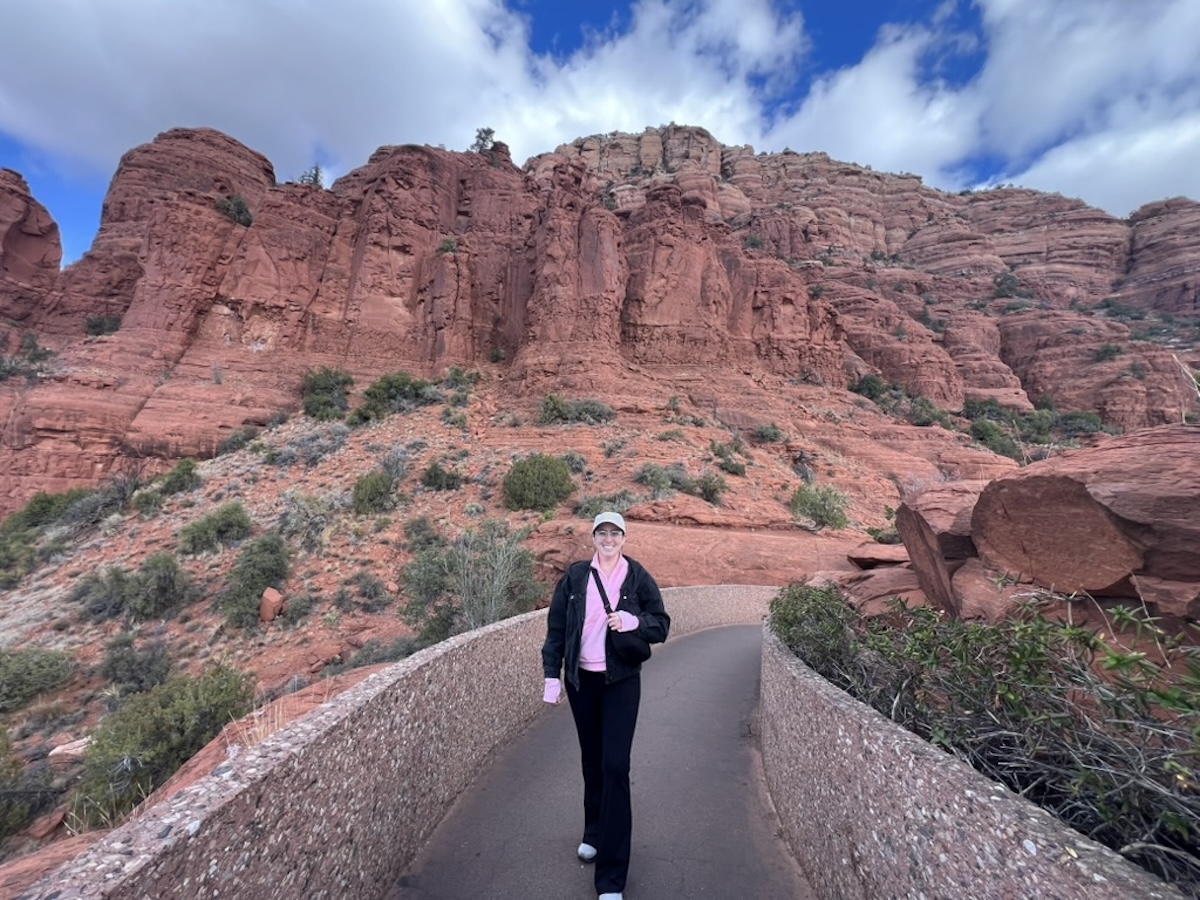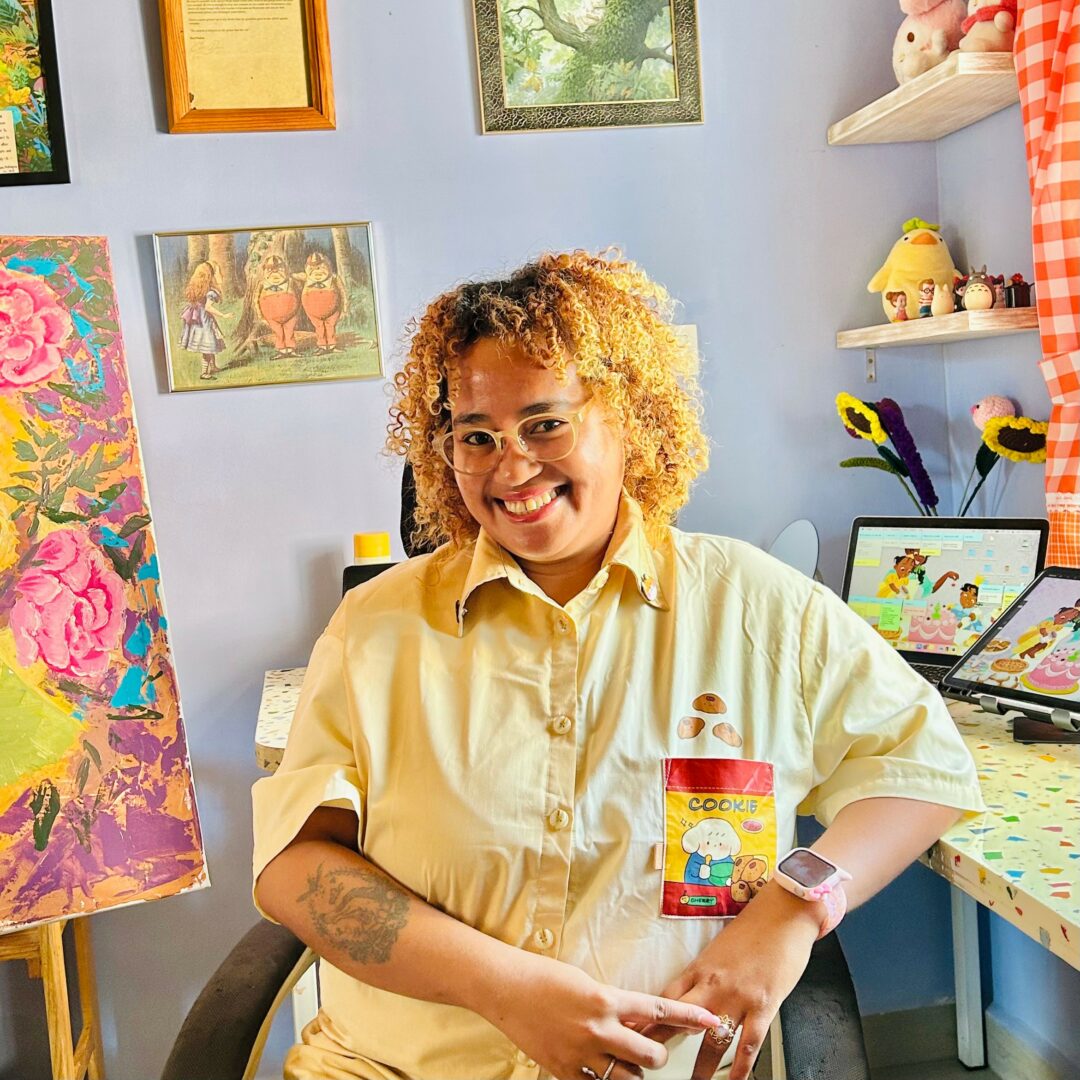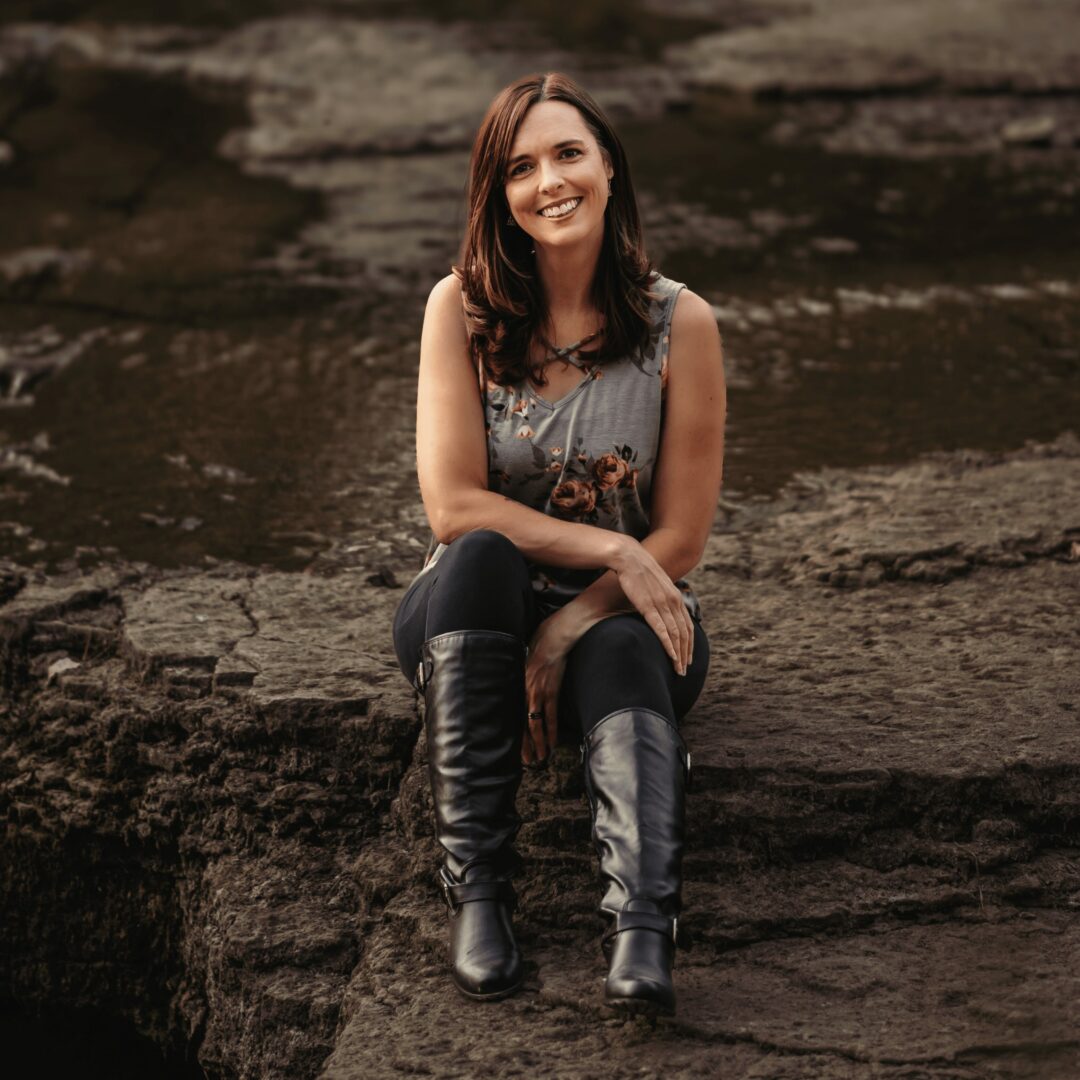We caught up with the brilliant and insightful Joshua & Jacob Schultz a few weeks ago and have shared our conversation below.
Joshua & Jacob, we are so deeply grateful to you for opening up about your journey with mental health in the hops that it can help someone who might be going through something similar. Can you talk to us about your mental health journey and how you overcame or persisted despite any issues? For readers, please note this is not medical advice, we are not doctors, you should always consult professionals for advice and that this is merely one person sharing their story and experience.
Jacob Schultz:
You’re being annoying.
You’re being a lot.
You’re talking too much.
Get serious. Sit still.
Grow up.
Throughout my life, these refrains have echoed from everywhere and everyone.
At school and at home, with family and with strangers, I was constantly put down as a distraction and relegated to the kids’ table. Even as I grew and faced real problems, had genuine thoughts and fears and emotions, I was still disregarded and seen as a joke. I was told to quit crying wolf, to calm down, to shut up. I was annoyed. I was a lot. Which meant I spent most of my time alone.
Sure, I have two older brothers, but they are much closer in age and they were busy with their own friends, their own lives. I knew they loved me, but that doesn’t mean they wanted their little sibling always tagging along, especially one as “annoying” as me. Being the youngest also meant I was the baby, a title I could never seem to outgrow. I built blanket forts and personified my toys, and my family saw immaturity. They couldn’t see it was out of necessity. I had to figure out ways to distract myself from feeling alone.
As far back as I can remember, all I ever wanted was to make people smile, and the cost was a reputation as an idiot, a clown, a dunce, and over time I learned that this sentence to the kids’ table was for life. But why? Just because I want to make you laugh, does that mean I can never frown? Don’t I, too, feel the entire scope of the human condition? Can’t I be a serious clown?
As an artist, I enjoy using bright colors alongside repeating patterns and geometric shapes, creating a lighthearted and playful tone upon first impression. While working in mixed media, I gravitate toward malleable and tactile materials like fibers and clay. There is a oneness I feel when working with these materials as they seem to become appendages of myself. With these materials, colors, and patterns, my goal is to convey feelings of nostalgia and familiarity – creating a playful distraction, something to make you smile. But upon further scrutiny, my work aims to evoke underlying themes of distant isolation and longing for acceptance.
These are the two halves that define my life as a serious clown.


Thanks, so before we move on maybe you can share a bit more about yourself?
The Bauhaus is a Los Angeles-based design and fabrication studio working across architecture, ceramics, and furniture. Drawing from the avant-garde principles of the Bauhaus Movement, the studio reinterprets its foundational ideas for a contemporary context, balancing craftsmanship with a rigorous exploration of form, materiality, and technology.
Founded as a space for inquiry and experimentation, our studio embraces collaboration as a means of advancing sustainable and innovative design practices. Our work challenges conventional notions of aesthetics, particularly in how ecology is integrated into both art and the built environment. Rather than adhering to imitation or opposition, we seek to dissolve traditional boundaries, creating objects and spaces that evolve in dialogue with their surroundings.
Our approach engages with the idea of a constructed ecology—one that is both intentional and organic, shaped by its own internal logic. Through a meticulous engagement with materials and a considered design methodology, we develop forms that shape distinct identities, experiences, and cultural narratives. Each project is an exploration of these principles, revealing the intelligence of materials and the evolving potential of space.
We are honored to be featured in Architectural Digest at the end of the year—a milestone that marks a year of dedicated effort in shaping The Bauhaus’ identity. Through architecture competitions, art exhibitions, and organic discourse, we have cultivated a presence that reflects our commitment to innovation and craftsmanship. This esteemed platform offers an opportunity to present our work to a wider audience, further advancing our creative pursuits and expanding the conversation around design.


There is so much advice out there about all the different skills and qualities folks need to develop in order to succeed in today’s highly competitive environment and often it can feel overwhelming. So, if we had to break it down to just the three that matter most, which three skills or qualities would you focus on?
Joshua Schultz:
Resilience – Setbacks, both personal and professional, are inevitable. The ability to adapt and persist is essential. My experience overcoming addiction reinforced the value of perseverance, teaching me that growth often emerges from adversity.
Curiosity – A relentless pursuit of knowledge has driven my exploration of new materials, sustainability strategies, and neuroarchitecture. Research and innovation are at the core of my practice, continually expanding the possibilities of design.
Collaboration – No meaningful work exists in isolation. Building relationships with researchers, designers, and communities has been fundamental to my success, enriching both the creative process and the impact of the work itself.
Jacob Schultz:
Authenticity – Early in my career, I tried to conform to external expectations of what an artist should be. Only when I fully embraced my own perspective did my work become meaningful and distinctive.
Technical Mastery – A deep understanding of the science behind ceramics and kiln technology has given me the confidence to push creative boundaries and innovate with precision.
Playfulness – Creativity thrives in an environment of experimentation. Allowing space for exploration—and failure—has been crucial in fostering growth. Some of my most compelling work has emerged from unexpected moments of discovery.
Advice for those starting out: Invest in the process, not just the outcome. Be patient with yourself, cultivate resilience, and remain open to learning. Surround yourself with people who challenge and inspire you, and above all, trust that your unique perspective has value.


What has been your biggest area of growth or improvement in the past 12 months?
Joshua Schultz:
Over the past year, my greatest transformation has been personal as much as professional. Despite academic and career achievements, I have long grappled with the weight of past trauma—an unspoken undercurrent that shaped my thinking and, ultimately, led to struggles with mental health and addiction.
The pressures of originality and distinction in architecture only compounded this challenge. Raised within a world that prized achievement, I found myself caught in a cycle of validation-seeking and instant gratification—patterns deeply intertwined with my childhood tendencies toward addiction. Substance use became an escape, a way to numb emotions I didn’t yet have the tools to process.
This year, however, marked a decisive turning point. I committed to recovery, stepping away from the rigid, all-or-nothing mindset that addiction fosters and instead embracing a more balanced, intentional way of living. Volunteering has been central to this process, allowing me to give back to the community that supported me and, in turn, deepening my understanding of how connection can be a powerful catalyst for healing. Through these experiences, I have come to recognize the urgent need for open conversations about trauma and addiction—free from stigma, free from shame.
This journey has sharpened my awareness of the broader societal forces that contribute to addiction. In a world increasingly defined by instant gratification—whether through technology, status, or external validation—the underlying mechanisms of dependency remain overlooked. For me, art and design have become essential tools in processing these experiences, offering a creative channel through which to navigate and heal.
As an architect and researcher, this period of growth has also led me to an emerging passion: neuroarchitecture—the intersection of psychology, neuroscience, and the built environment. I am increasingly drawn to the ways in which architecture can influence cognitive function, emotional well-being, and social connection. Integrating these insights with sustainable design principles, I hope to contribute to the creation of spaces that do more than house people—they should actively support their mental and emotional well-being.
This past year has been one of clarity, resilience, and rediscovery. I now approach both my life and my work with a renewed sense of purpose: to design with deeper intention, to foster meaningful connections, and to advocate for environments that truly serve the people who inhabit them.
Contact Info:
- Website: https://www.thebauhaus.org
- Instagram: https://www.instagram.com/thebauhaus_/
- Linkedin: https://www.linkedin.com/company/thebauhaus/









so if you or someone you know deserves recognition please let us know here.




